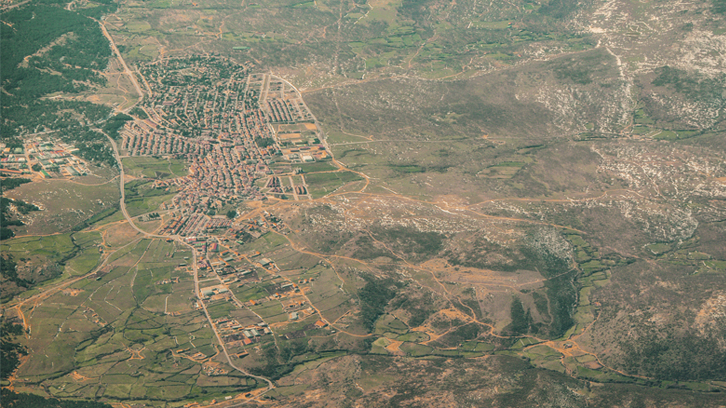STEPLand, the new methodological term for Land Change Science

UAB in collaboration with the Sapienza University of Rome has developed a new methodological term called Spatio-Temporal Patterns of Land (STEPLand) for Land Change Science. Through the review of 250 articles on land use and land cover change, a globally consolidated four-step protocol has been described that facilitates interaction among researchers as well as between they and policy makers.
For more than 30 years there has been a great interest from the global scientific community to analyse changes in land use and land cover, with the aim of understanding the socio-environmental implications that the spatial transformations produce. Over the years we have noticed that there are many articles that follow a certain methodological pattern based on the European Project Land-Use and Land-Cover Change (LUCC) of the International Geosphere-Biosphere Programme (IGBP) and the International Human Dimensions Programme (IHDP) from 1994. LUCC project is part of the general methodology of the discipline called Land Change Science, which seeks to evaluate the patterns, processes and consequences of changes.
The objective of the review article is to quantify the main characteristics of manuscripts published in journals of international impact using several indicators. Specifically, of the 9,574 articles appearing on the Web of Science with the key words "changes in land use and land cover", we reviewed through an in-depth reading 250 articles published from 2000 to 2019, a fact that has allowed us to propose, within the Land Change Science, a specific workflow that we have titled Spatio-Temporal Patterns of Land (STEPLand). The STEPLand framework includes four steps: firstly, to analyse the land-use and land-cover patterns, which is the initial and essential step to be included (250 papers); secondly, to identify and model the driving forces of change, with a lower number of works (129), which includes various statistical methods; thirdly, to evaluate the socio-environmental consequences of the transformations, through qualitative and quantitative methods, with an even lower number (105); and, finally, to define future scenarios modelled with geostatistical techniques, with the smallest number (29) but with a more recent trend to the increase.
The top ten journals, totaling 164 papers, with most publications analyzed in this review.
The empirical results provide the main features of STEPLand. For example, we highlight in step 1 the importance of published articles in expert journals on ecology, environment and geography, along with the prominence of satellite remote sensing. As for step 2, we show the prominence of quantitative methods, especially linear and logistic regressions. In the case of stage 3 we emphasize the role of qualitative methods, related to agriculture, biodiversity, and natural disasters, and of quantitative processes, applied to landscape, water and climate. Finally, in step 4 we emphasize the predominance of the Markov chains.
STEPLand, then, is a consolidated protocol applied globally, with a great diversity of journals interested in its publication, as well as of disciplines and countries involved, a fact that shows that it is becoming an omnipresent methodology, which can facilitate the interaction between researchers from all over the world in different areas, as well as the communication between they and policy makers.
Department of Geography, Universitat Autònoma de Barcelona (UAB)
References
Serra, P.; Salvati, L. Land Change Science and the STEPLand Framework: An Assessment of Its Progress. Land 2022, 11, 1065. https://doi.org/10.3390/land11071065


